Also back for 2018 is the “Back to the future” section of Artissima, the major contemporary art fair (here is all the info on this year’s edition, number 25), of which Finestre Sull’Arte is in-kind media partner for the second consecutive year. “Back to the future” is the section dedicated to rediscovering the pioneers of contemporary art, to emphasize the importance of names that have played a fundamental role on contemporary practices. For 2018, the section, now in its ninth edition, focuses on the period 1980-1994, the fifteen-year period that preceded the birth of Artissima: the fair thus also becomes an opportunity for research on contemporary art, and the pavilion hosting “Back to the future” includes a path of definite interest. “Back to the future,” for the second year, is curated by Anna Daneri, an independent curator, founder and curator of the Peep-Hole center in Milan, as well as a contributor to magazines such as Mousse and Domus, and professor of Phenomenology of Contemporary Art at the Accademia Carrara di Belle Arti in Bergamo. In the past, she has worked in Italy and abroad at important international institutes and curating exhibitions in areas of absolute prominence (above all, the Venice Biennale). We caught up with her (and thank her for her availability) to let her tell us about this year’s “Back to the future” section and for some thoughts on contemporary art and its potential. The interview is edited by Federico Giannini and Ilaria Baratta.
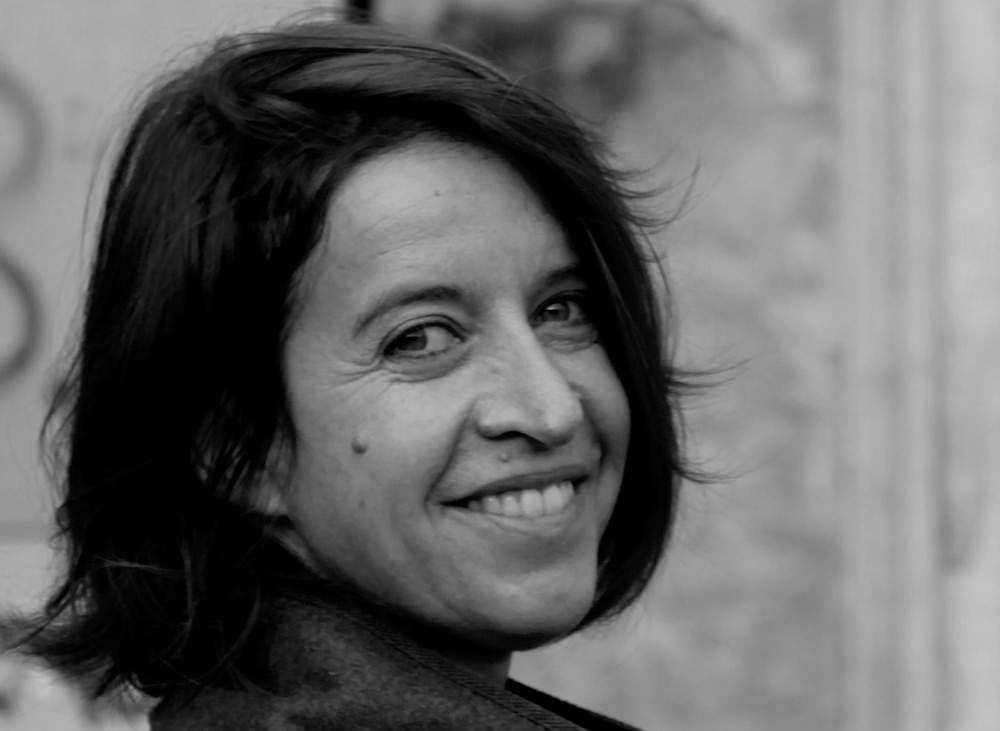 |
| Anna Daneri. Ph. Credit Erik Gandini |
FsA. Anna Daneri, leading the “Back to the future” section for the second year in a row. Last year’s selection was particularly popular. What were your feelings about it?
AD. Great enthusiasm and satisfaction! Together with Zasha Colah, Dora García and Chus Martínez we had tried to shine a light on marginal figures, mostly women, in the art scene of the 1980s. It was exciting to be able to dialogue in public with some of them: Rasheed Araeen, Marion Baruch, Judy Blum Reddy, Anna Valeria Borsari, Jacqueline de Jong, Vivienne Koorland, Corrado Levi, and work with Amalia Del Ponte, Elisa Montessori, Nathalie Du Pasquier, Esther Ferrer, Beverly Pepper, Sergio Lombardo, Jorge Ferré, Nicola Ponzio, Joachim Schmid, Diet Sayler, Roberto Turnbull, and with the lestate of Vera Isler-Leiner and Santi Alleruzzo. And it is almost magical to have visiting on the very day of the awarding of the Sardinian Prize for Art Back to the Future the winner Jean Dupuy and Marilena Preda Sânc, the artist who received the mention of the jury, composed among others of Francesco Manacorda, inventor of Back to the Future and Eva Fabbris, coordinator of the section before me. Finally, it was very interesting to be able to attend Philip Corner’s performance and to see reconstructed some historical exhibitions by Luciano Bartolini, �?ngels Ribé or Jan Vercruysse, who unfortunately passed away just this year, as did another of the invited artists, Mariane Eigenheer. The 2018 edition is ideally dedicated to them.
Back to the future for 2018 focuses on the fifteen-year period 1980-1994, the fifteen years that preceded the birth of the fair. How could we summarize the artistic trends of that era, in Italy and abroad, also with reference to that particular historical context?
The fifteen years preceding the birth of Artissima were crucial and controversial years both for international economic and sociopolitical changes and for the artistic developments they generated. It is difficult, if not impossible, to isolate specific trends in such a complex landscape. The fall of the Berlin Wall is a powerful symbol of an enlargement of borders and languages that took on unprecedented proportions precisely in those years, with the forms of economic and cultural globalization that marked them. It was precisely in 1989 that Magiciens de la terre, curated by Jean Huber Martin, was held in Paris, the first major exhibition of contemporary art in a Western museum that was open to a confrontation, not without criticality, with artists from so-called developing countries. Transculturalism and, as if by osmosis, multidisciplinarity forever marked an era
And what, on the other hand, is the legacy that that historical period still leaves us today?
If we look at the present regurgitation of populist and racist sovereignist movements spread around the world, one could speak of a radical reversal of horizons. Larte fortunately still represents a possibility for critical elaboration and development of contemporary thought and society, which is increasingly necessary considering the ongoing environmental, political and economic crisis globally.
The “Back to the future” section is probably the one that, within Artissima, most embodies research in the field of contemporary art. In your opinion, how much attention is there in Italy for contemporary art studies? Should more be done?
Italy has unfortunately suffered and is suffering more and more from a backwardness in the field of contemporary art studies. We should start from compulsory schools and activate teachings in visual studies, which are necessary to critically understand the world, and implement, rather than dismantle, art history courses at all levels, integrating them with the study of contemporary artists. We are the country with the highest concentration of artworks in the world and we lack the capacity to understand them. Artists in our country are not socially recognized and often have to invent other ways of subsistence in order to continue working. Artistic research should not be secondary to scientific research, but even that in Italy does not seem to be of much interest
Is it possible to have some anticipation of what we will find in Back to the Future this year?
“Back to the Future” will offer visitors a focused journey through time, evoking the spirit and artistic experimentation that characterized Artissima’s beginnings. Together with the other curators, Cristiano Raimondi (head of development and international projects, Nouveau Musée National de Monaco), Gabriela Rangel (director of the Americas Society, New York) and Pietro Rigolo (archivist Special Collections, The Getty Research Institute, Los Angeles) we have tried to create a path between geographically distant artistic practices that share a strong degree of experimentation through the most diverse media. Alongside pioneers of video research such as Gary Hill, feminist art such as Margaret Harrison, public art such as Tania Mouraud, participatory art processes such as Allen Ruppersberg, and mail art such as Ruth Wolf-Rehfeldt, there will be artists who have made the transversality of their areas of interest the focus of their research, as in the case of music for Rolf Julius, architecture for Alexander Brodsky and Eduardo Rubén, design for Cesare Leonardi, poetry for Jorge Eielson, anthropology for Claudio Costa, and craftsmanship for Teresa Lanceta. The conceptual-oriented investigations of Ignasi Abballí, Marie Orensanz and Algirdas Šeškus will contrast with the religious practices of Mestre Didi, just as the relationship with everyday objects will take on very different declinations in the sculptures of Erik Dietman and those of B. Wurtz. It will then be possible to listen to the testimonies of some of the protagonists of the section included in the program of encounters curated by Paola Nicolin, including Guido Guidi, Fausta Squatriti and Hamish Fulton, who will also involve the public in a performance of shared walking.
Below is a selection of images of works that the public will find on display in the “Back to the future” section of Artissima 2018.
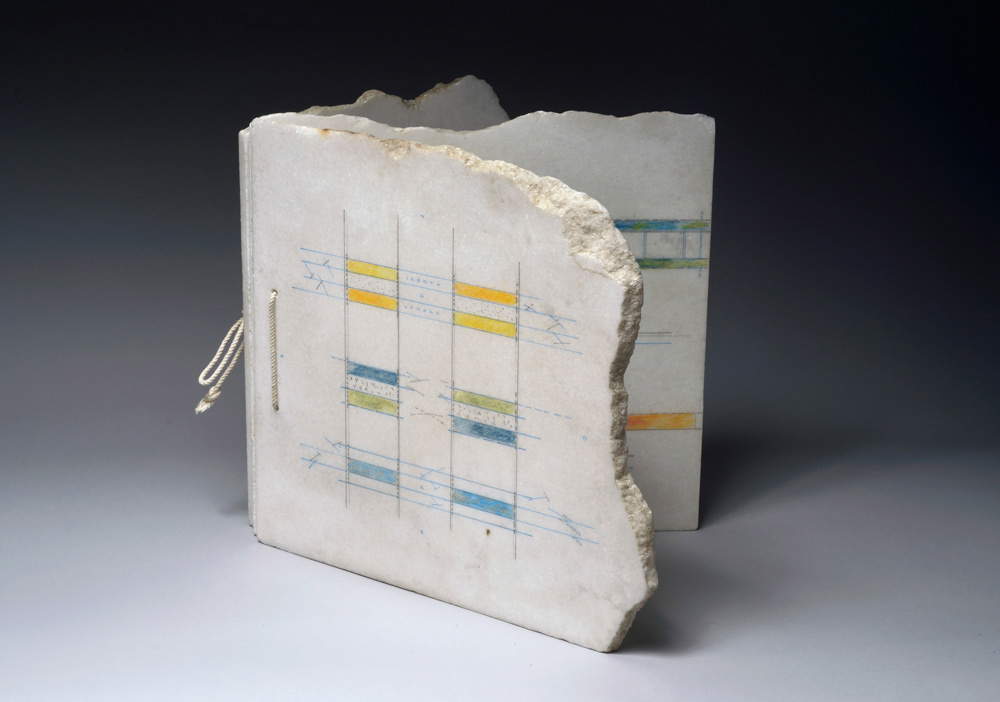 |
| Marie Orensanz, Expansion (1989; Greek marble book, 33.5 x 33.5 x 3.5 cm). Courtesy Marie Orensanz. Ph. Credit Jean-Louis Losi. Presented by Sicardi | Ayers | Bacino Gallery. |
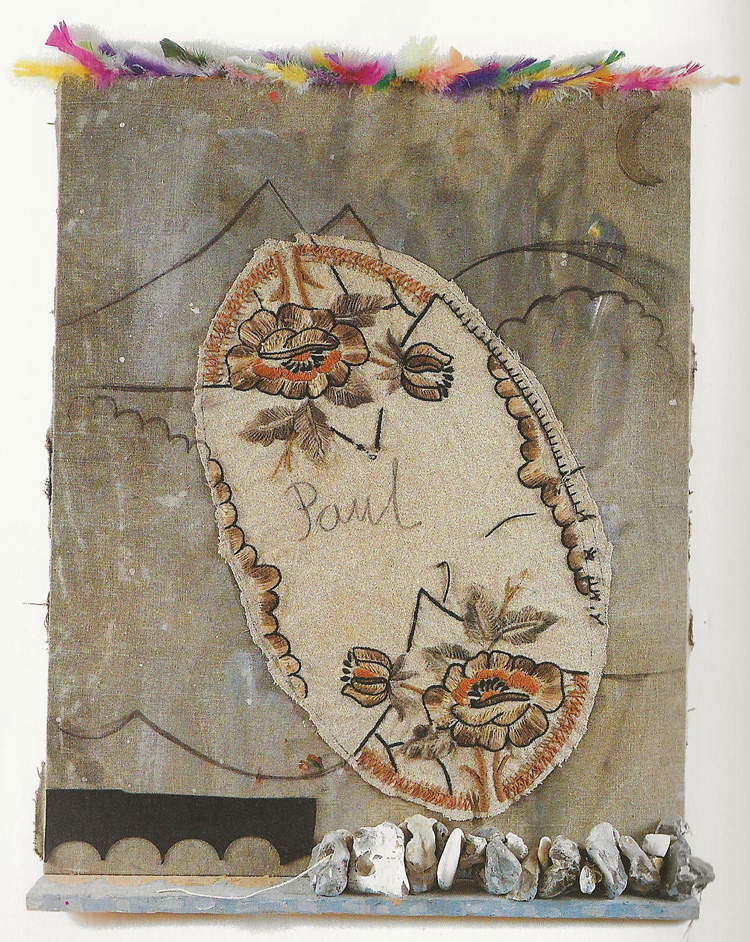 |
| Erik Dietman, Hommage à Gauguin (1981; mixed media, 92 x 73 cm). Courtesy of the Galerie Papillon. Presented by Galerie Papillon. |
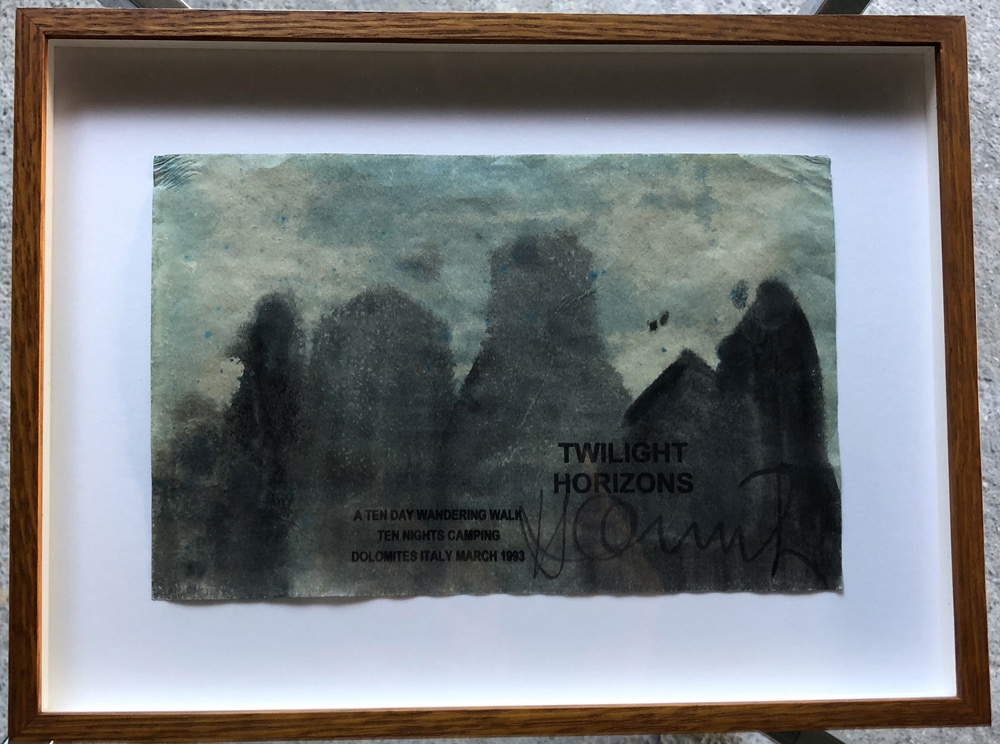 |
| Hamish Fulton, Twilight Horizons Dolomites (1993). Courtesy Michela Rizzo. Presented by Galleria Michela Rizzo. |
 |
| Jorge Eielson, Quipus 64 A (1984; jute on board, 90 x 160 x 18 cm). Courtesy Il Chiostro arte contemporanea. Presented by Il Chiostro arte contemporanea. |
 |
| Tania Mouraud, Frise I: revealedexposeddisclosed (1990; acrylic on wood and cardboard, 38 x 510 x 14.5 cm). Courtesy the artist and Eastwards Prospectus Gallery, Bucharest. Ph. Credit Philippe Bernard. Presented by Eastwards Prospectus Gallery. |
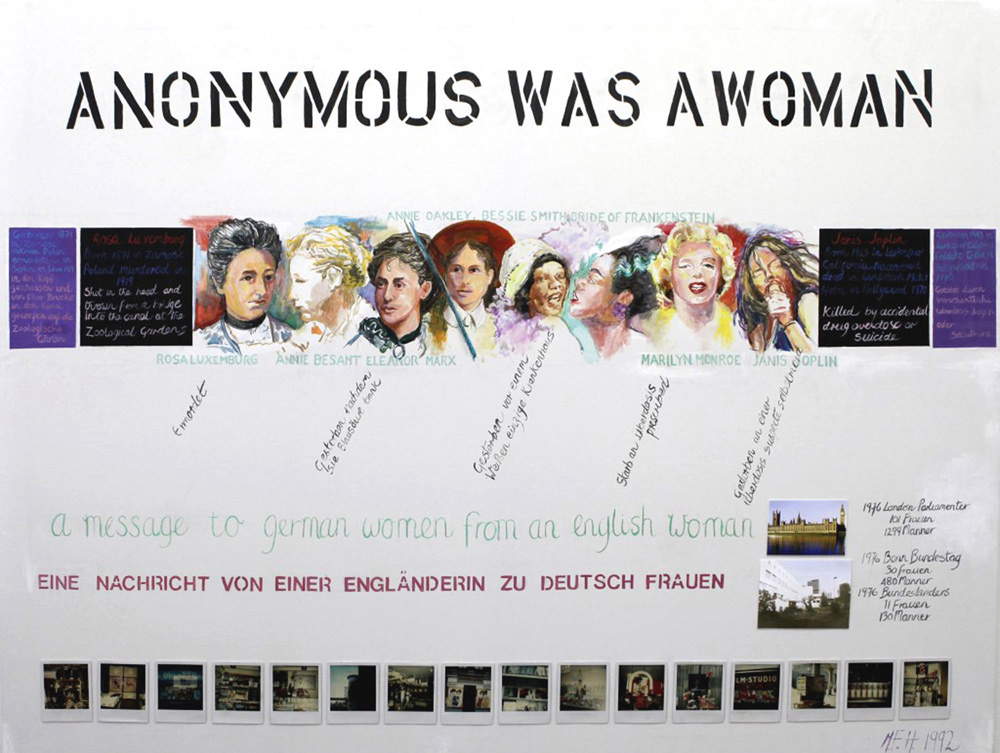 |
| Margaret Harrison, Anonymous Was a Woman (1977/1992). Courtesy the artist and ADN Galería. Ph. Credit ©Elssie Ansareo Exposición de AZ Zentroa Bilbao. Presented by ADN Galería. |
Warning: the translation into English of the original Italian article was created using automatic tools. We undertake to review all articles, but we do not guarantee the total absence of inaccuracies in the translation due to the program. You can find the original by clicking on the ITA button. If you find any mistake,please contact us.